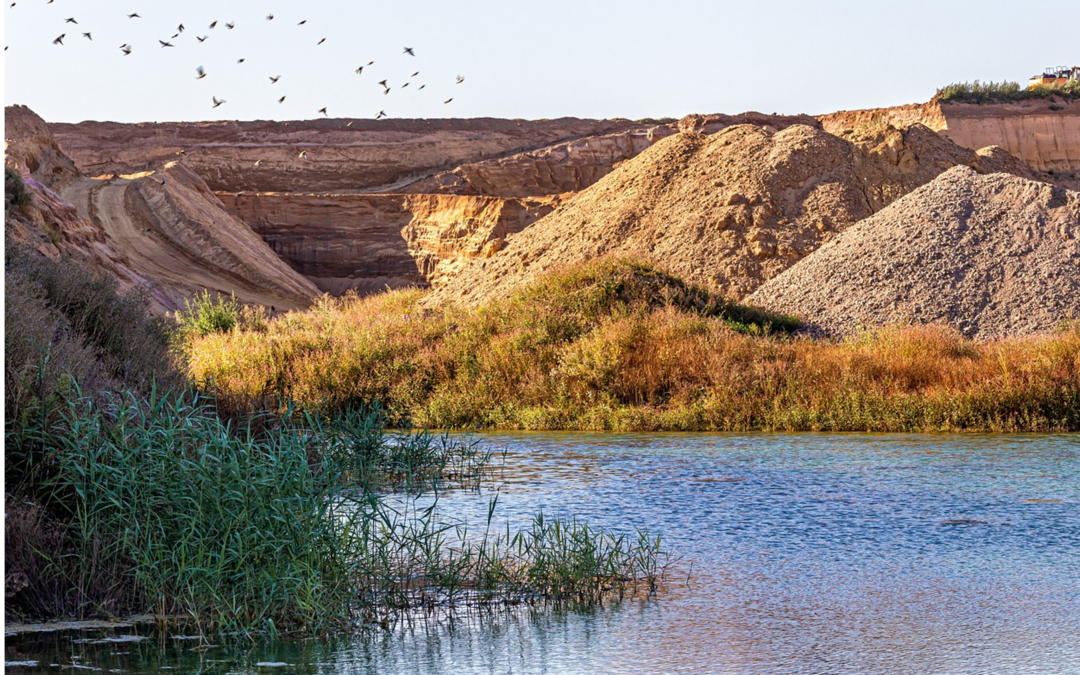In 2020, the European Environment Agency published a report stating that 81% of EU-wide habitats are in unfavourable to poor condition. In response, the European Commission introduced a Nature Restoration Law (pp.48 ff.) about a year ago, which was voted on yesterday in the EU Parliament at first reading. After the majority in the Parliament voted in favour of the law, it now has to be discussed in the Council and will go to a second reading in case of non-approval by the ministers.
The main principles and requirements of the law (Article 4) are:
- Restoration measures in Natura 2000 sites, towards a “favourable conservation status”.
- Wetlands, grassland and other grazing habitats, rivers, floodplain and riparian habitats, forests, steppes, heaths and scrublands and rocky habitats and dunes – in short: terrestrial, coastal and freshwater habitats – are to be re-established in areas not covered by them
- the conditions of 90% of these areas must be known by 2030
- the total national area of green space in urban ecosystem areas must show no net loss
- further specific restoration requirements apply to: marine ecosystems, river connectivity and floodplain function, pollinator populations and forest ecosystems
- non-compliance with obligations can be justified e.g. by: force majeure, unavoidable changes directly caused by climate change, projects of public interest without less damaging alternatives (limited applicability, not to restoration of Natura 2000 sites).
As the law currently stands, the EU’s target would be to restore at least 20% of terrestrial and 20% of marine areas with sovereign rights of European member states by 2030, and all ecosystems in need of restoration by 2050 (Article 1 (2)).


